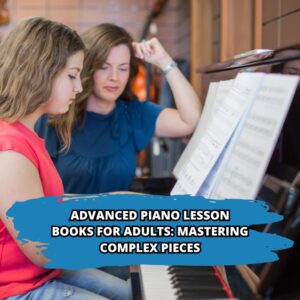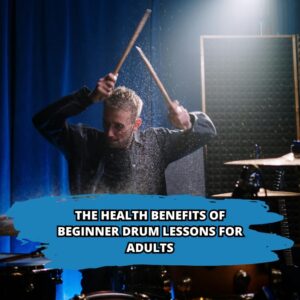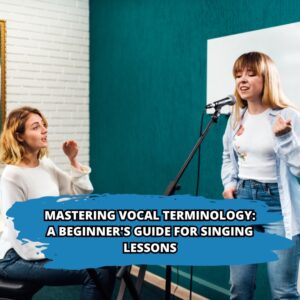Whether you have been playing an instrument for a few months or decades
you will eventually get to a point where you become bored of what you are
playing. Or you will tend to play the same patterns, beats, or scales. The
good news is this happens to everyone! Getting bored of your playing
comes down to one thing. A lack of creativity. Firstly, Let’s have a look at
things that are related to being creative. Then let’s look at some useful
steps you can take to improve your creativity on your instrument.
Creativity is such a hard thing to nail down. It usually comes to you at
inconvenient times like when you are taking a shower or like me when you
are cooking a delicious spaghetti bolognese! It is important to record your
ideas as they happen or you will surely forget them. Don’t get bogged
down in transcribing 32 bars of music as you start dinner, just sing your
ideas into the recorder on your phone. There is a great story about how
Paul McCartney dreamt the melody to the famous Beatles song’ Yesterday
He wrote down the melody as soon as he woke up. If he decided to do it
after he brushed his teeth he may have forgotten it.
Here are some steps you can take to increase your creativity on your
instrument.
- Your comfort zone needs to get uncomfortable for creativity to
flourish.
The reason so many musicians get bored of their playing is they are unable
to play outside of their comfort zone. If you play jazz guitar it may seem
like a strange idea to use a distortion pedal. Although using a distortion
pedal may make you nervous at first it may help you discover new chords,
sounds, and tones that you wouldn’t have uncovered without it. I once had
a student come to me and tell me is a ‘heavy metal’ drummer. I asked him
what that meant. He said he loves playing music that is extremely loud and
fast. I played him some of Miles Davis's music with legendary drummer
Tony Willaims. Although this music wasn’t exactly loud it was
tremendously fast. The student asked me if I could show him some of
these jazz rhythms. I even taught him to use wire brushes. Being open-
minded to learn only enhanced this student's creativity. - Be open-minded to learning new styles.
I think it was the great Duke Ellington who said ‘There are 2 types of
music…..good and bad’ We all gravitate towards different styles of music.Although as a session musician I have been called to play funk, rock, jazz,
classical, pop, and blues music, funk music floats my boat. That being said
I was always curious about what rhythms were being played in different
styles. I'm not saying you should feel the need to master every style but at
least be open-minded to listen to something new before writing it off as
uncool. I would 39t say I'm a fan of country and western music but learning
how to play a ‘Texas shuffle helped me understand how to groove with
both hands simultaneously. This concept helped me play funk, pop, and
rock. - Set up your instrument in an unusual way.
The great thing about being a drummer is you get to decide how big or
small your drum kit is. It could be a 4-piece kit or a 44-piece kit. The
number of drums and cymbals will affect what rhythms you play. As a
guitar player, you can tune your guitar in multiple ways. Iconic folk singer
Joni Mitchell was famous for using ‘open tuning’ on a guitar. This system
helped her create some amazing songs. In the early 2000s, a lot of heavy
metal bands started tuning their guitars incredibly low to get a new sound.
This simultaneously helped them connect with their teenage audience and
annoy those same teenagers' parents. The point is there are so many ways
to alter sounds today. Whether through a flanger pedal, playing a song
using an organ sound as opposed to a grand piano sound, or playing hip hop
beats on congas instead of the drumkit. Experimenting with sounds on
your instrument is an excellent way to improve your creativity.
Whether your goal as a musician is to play songs by your favorite bands or
to be a future rock star, creativity is a big part of playing music. These tips
are just the TIP of the iceberg (pun intended!) but they will get you on
your way to improving your creativity on whatever instrument you play.









